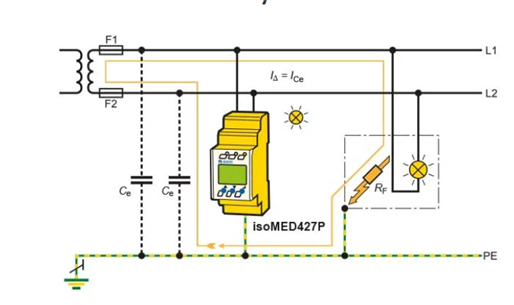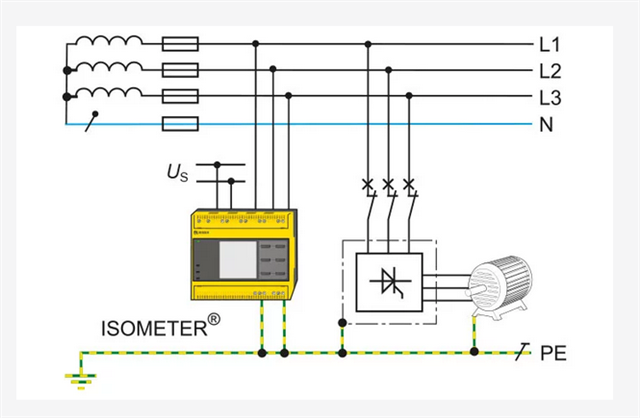Hello - we have an installation that is proposing to use multiple sets of LV AC in parallel, terminated at at ACB at load side and taken directly from a transformer at supply side. What is the best way of protecting the cable where the TX does not include a neutral / earth point so there is no cpc.
Plan is to install using unarmored single core cables run in trefoil.
How could we adequately monitor / protect these cables?
Would an IMD device be ineffective as there is no earth fault return path for the AC circuit that is running in i.e. no cpc dedicated or armoured or is it still possible to place an IMD monitoring each phase and provide a dedicated earthing connection for the IMD only?
What other options for protection are available in this scenario?

